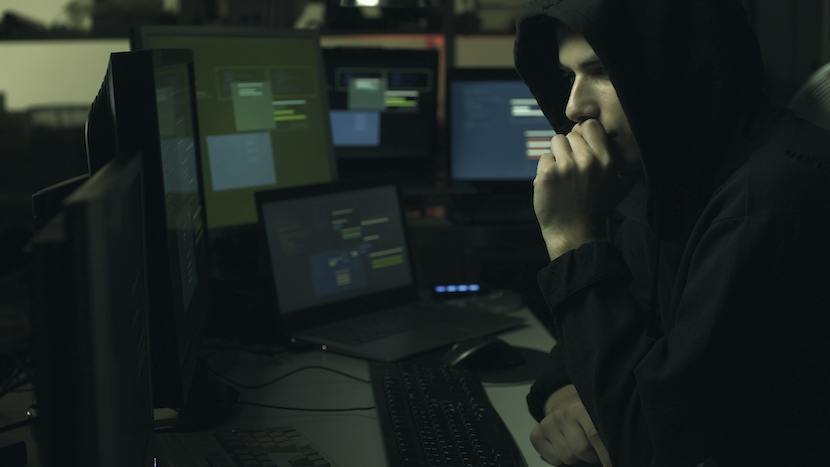Dark Mode vs Light Mode: Which is Superior?

In the sea of features available in digital technology, one particular setting often divides opinion: Should you use dark mode or light mode? This seemingly simple choice opens a can of worms involving topics from screen readability and eye strain to power consumption and even psychological impact. So, which one is truly better?
A Brief Introduction to Modes
First, let’s clarify what these two modes are. Dark mode uses a dark background, often black or dark gray, with lighter text and icons. Initially popular among programmers, it’s now widely available across various applications and operating systems. On the other hand, light mode, the default setting for most software, offers a light background, typically white or light gray, with dark text and icons.
The Scientific Underpinnings of Our Viewing Experience
Understanding why one mode might be more beneficial than the other starts with knowing how our eyes interact with light. The retina contains rods and cones, two types of photoreceptor cells. Cones operate best in bright conditions and are responsible for our color vision. Rods are more sensitive to light and active in low-light or dark conditions. These cells send signals to the brain, which interprets them as images. Thus, how these cells react to lighting conditions—such as those created by dark and light screen modes—can significantly impact our comfort and health.
Advantages of Dark Mode
Energy Efficiency
One of the most compelling arguments for using dark mode is energy efficiency. Screens like OLED and AMOLED can turn off individual pixels when displaying black, thereby conserving energy. Studies have shown that dark mode can save up to 60% more power than light mode on OLED screens, especially if the brightness is set to 100%. While this may not drastically change your device’s overall battery life, every bit counts, especially if you are frequently away from a power source.
Comfort and Reduced Eye Strain
Less light emission means less strain on the eyes, particularly in environments with dim lighting. Users often find dark mode more comfortable for reading and coding for extended periods. The less aggressive light output can also benefit people sensitive to bright lights or those with brightness-related migraines.
Improved Focus and Aesthetics
The darker background makes content pop, reducing eye movement and encouraging focus. Many users find the dark mode interface aesthetically pleasing, offering a different experience that often feels sleeker and more modern.
Sleep Quality
Reduced blue light emission from screens in dark mode might positively affect melatonin production, a hormone that regulates sleep.
Disadvantages of Dark Mode
Poor Visibility in Bright Conditions
Dark mode is less effective in bright environments. You might find yourself squinting or increasing screen brightness, defeating energy conservation’s purpose.
Reduced Text Legibility
Reading a lot of text in dark mode can lead to eye strain due to the reduced contrast between the text and background. This problem is especially evident when reading long articles or documents.
Not Suitable for Everyone
Only some people find dark mode beneficial. Some users with visual impairments like astigmatism might find light mode easier to use. Dark mode’s reduced text-background contrast can exacerbate readability issues for such users.
Advantages of Light Mode
Improved Legibility and Focus in Bright Conditions
Light mode offers better visibility in brightly lit environments. The high contrast between text and background can also make it easier to focus on text-heavy tasks, thereby reducing eye strain.
Mimics Natural Reading Conditions
Human eyes have evolved to read dark text on light backgrounds—think of ink on paper. Therefore, light mode can offer many people a more natural and comfortable reading experience.
Color Accuracy
For tasks requiring accurate color representation—like photo or video editing—light mode provides a more true-to-life depiction of color nuances.
Disadvantages of Light Mode
Increased Power Consumption
For backlit screens, particularly LCDs, light mode consumes more power, slightly impacting battery life.
Potential for Increased Eye Strain
Light mode’s brighter screens can be harsh on the eyes, particularly in low-light conditions. Extended exposure can lead to eye fatigue and discomfort.
Psychological and Ergonomic Aspects
There’s more to the story than just immediate user experience. Bright interfaces have been suggested to boost mood, although research on this is inconclusive. On the other hand, some users find that dark mode feels “faster,” even though no scientific evidence supports this notion.
Ergonomically, the mode you choose can also impact your posture. For example, users might find themselves leaning closer to screens in dark mode to read text more clearly, which could lead to back and neck issues over time. Light mode requires less squinting and leaning, particularly in well-lit conditions.
The Verdict: Which Mode is Superior?
After considering all the factors, crowning a clear winner is challenging because the “best” mode largely depends on your specific needs and conditions. If you’re a night owl or spend hours reading or coding in dim light, dark mode is probably your best bet. Light mode is more suitable if you use your device mostly in well-lit conditions and your work involves a lot of text or requires accurate color representation.
However, the ideal solution might be to use both modes but in different contexts.
